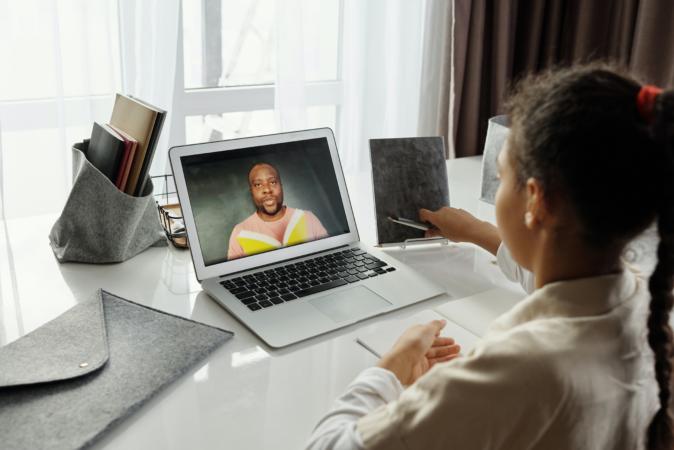Make no mistake, the pandemic has forced a major shift in all day-to-day processes—one being the school system. After months of debate whether sending kids back to school is safe, in many states, kids have continued distance learning.
This new practice—carried over from many students’ previous school year—has introduced a heap of new ridiculous expectations for kids and their parents.
A Bankrate survey of about 600 parents with children enrolled in pre-kindergarten through high school courses says 61 percent of parents believe they’ll spend more money on remote learning this fall. Among the mandatory costs are school uniforms, meals, and new technology.
In short, the negative impact distance learning has on families financially is glaring.
I told y'all it's all about compliance because WUTTICEDIS?! pic.twitter.com/GygaHcKY1g
— Angela 👩🏾💻👩🏾🏫 (@wokeSTEMteacher) September 6, 2020
This fall, some Southern California school districts still require private school kids to wear uniforms in the hopes that some consistency will help students stay focused during the abnormal class structure.
In the age of COVID-19, 13.6 million Americans were unemployed as of August, according to the U.S. Bureau of Labor Statistics. Therefore, asking parents to keep up with any of the normal costs of virtual learning reinforces systemic racism in education considering Black and brown communities were hit hardest by the pandemic.
A Deloitte 2020 back-to-school survey says parents are expected to pay $28.1 billion or roughly $529 per student. While the cost may be down in terms of school supplies, some parents estimate they will spend “nearly $400 on computers and hardware on average and just over $300 on average for electronics and digital subscriptions,” reports CNBC.
In addition, ensuring kids are fed during the day now falls on parents, not schools, which is an additional expense. NPR reports that among low-income households with children who qualify for free or reduced-price school meals, only about 15 percent have been getting those meals.
For now, parents can offset all of these costs by looking into free resources in their communities to assist, such as meal deliveries, meal planning guides, local tech centers or libraries, and clothes donations. There’s no telling when the economy will restabilize or when the pandemic will allow kids to resume school as normal. Until then, families should not spend outside of their means if they don’t have to.


